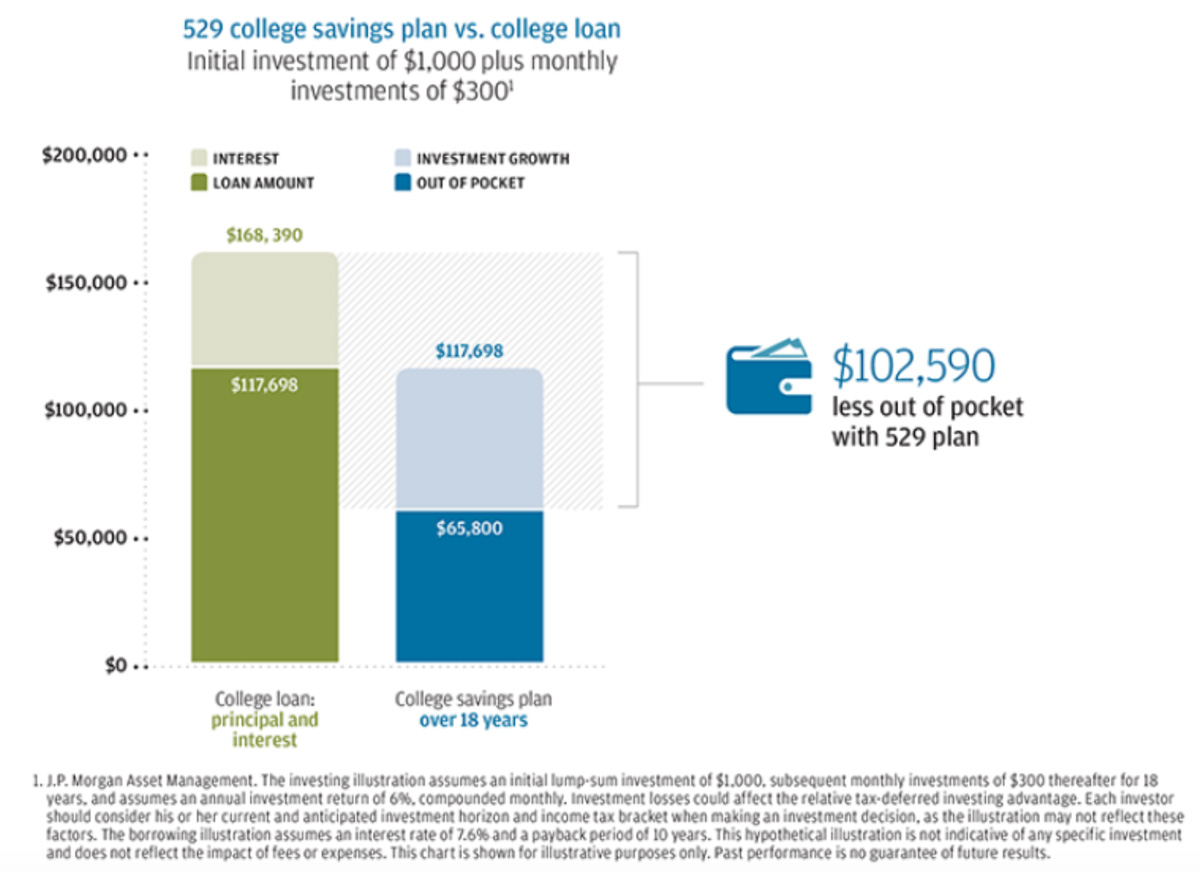 Contributed by: Kali Hassinger, CFP®
Contributed by: Kali Hassinger, CFP®
Just as parents and students are getting back into the groove of another school year, it’s already time to start thinking ahead! The Free Application for Federal Student Aid, better known as the FAFSA, opened for the 2020-2021 school year on October 1. The form helps determine financial aid eligibility for both current and prospective students. Although this is a federal application, it may also be used to apply for many state loan, grant, and scholarship programs.
The sooner the better!
A large portion of available funds are distributed on a first-come, first-served basis, so the earlier you file the FAFSA, the more money is available for loans and grants. While you have until June 30, 2021 to file the FAFSA for the 2020-2021 school year, most state and school deadlines differ. It doesn’t matter whether a student has been accepted by a school at the time of filing. You’ll need to elect at least one college to receive the application information, but you can add multiple schools in which you may be interested.
What information do I use?
For the 2020-2021 school year, the FAFSA will use 2018 tax return information. Regardless of your household income level, however, it’s important to file the application. Some schools will only consider students for scholarships if they have filed the FAFSA.
Visit https://studentaid.ed.gov/sa/fafsa to start the process.
Kali Hassinger, CFP®, CDFA®, is a CERTIFIED FINANCIAL PLANNER™ professional at Center for Financial Planning, Inc.® She has more than a decade of financial planning and insurance industry experience.







